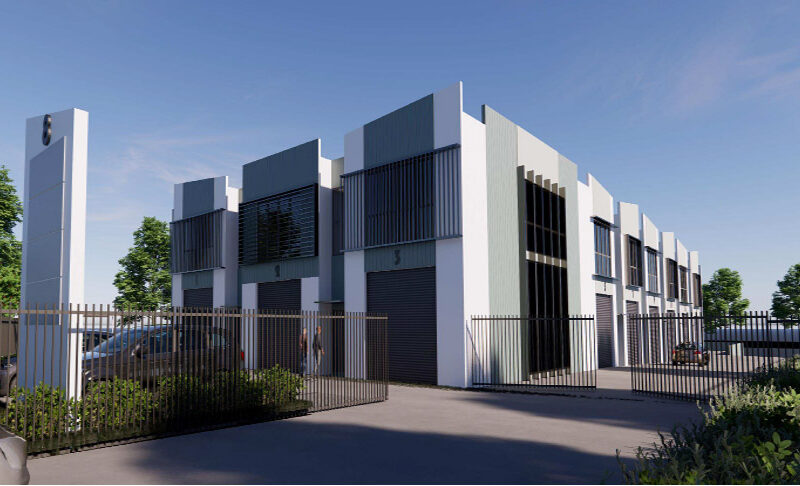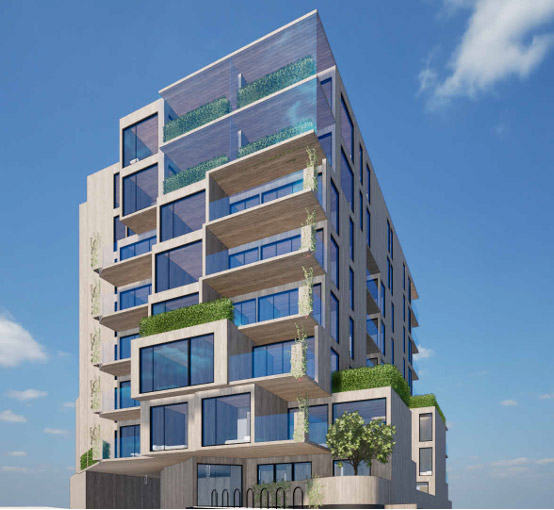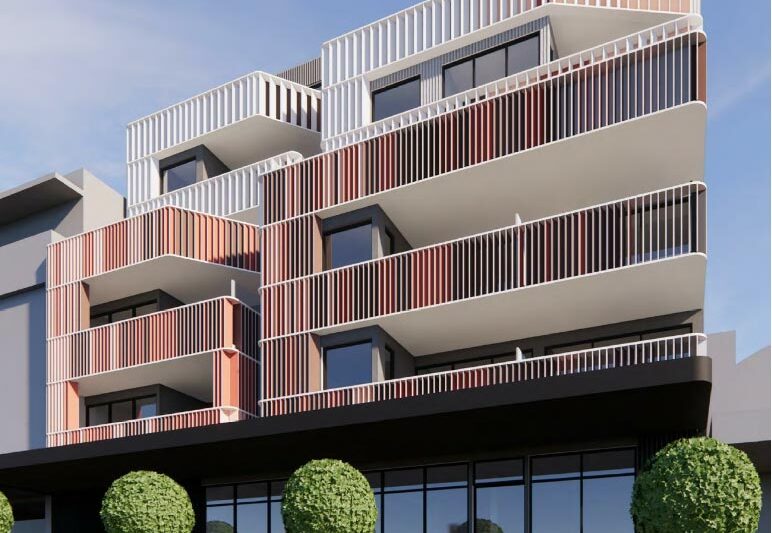
What is a Water Sensitive Urban Design (WSUD) Report?
A Water Sensitive Urban Design (WSUD) report calculates a development’s ability to treat rainwater collected from the other hard surfaces introduced. A site that usually features a large percentage of lawn and vegetation nourished by rainwater will then have a significant amount of hard surface area collecting the rainwater and pushing it through the stormwater drainage system.
Not only is there a significant increase in rainwater being collected and sent to the stormwater drains, but there are also sediments and contaminants being collected and sent to the stormwater drains.
Water Sensitive Urban Design (WSUD) represents a holistic approach to managing stormwater in urban areas. It's a strategic framework that harmoniously integrates water management with urban planning, ensuring sustainable water use while enhancing the overall quality of our cities.
By blending innovative engineering techniques, ecological design principles, and community engagement, WSUD creates resilient urban environments that thrive with nature.
Melbourne Water developed the STORM (Stormwater Treatment Objective - relative Measure) calculator to assess how stormwater is collected and treated before entering back into the underground pipes.
Why is a Water Sensitive Urban Design (WSUD) Report needed?
As our cities grow and climate patterns shift, traditional water management approaches fall short of addressing the challenges we currently face. Urbanisation leads to increased runoff, pollution, and strain on existing water infrastructure. WSUD offers a solution by reducing flooding risks, improving water quality, and conserving precious resources. It's a proactive response to the pressing need for resilient cities that can adapt to a changing world.
As we build more buildings in tighter spaces, councils want to ensure that we are reducing our reliance on fresh water and reducing the additional collected stormwater from being dumped back into the legal point of discharge.
These are the key takeaways from council WSUD policies:
- To encourage stormwater management that maximises the retention and reuse of stormwater.
- To encourage development that reduces the impact of stormwater on the drainage system and filters sediment and waste from stormwater before discharge from the site.
- To encourage stormwater management that contributes to cooling, local habitat improvements and providing attractive and enjoyable spaces.
- To ensure that industrial and commercial chemical pollutants and other toxicants do not enter the stormwater system.
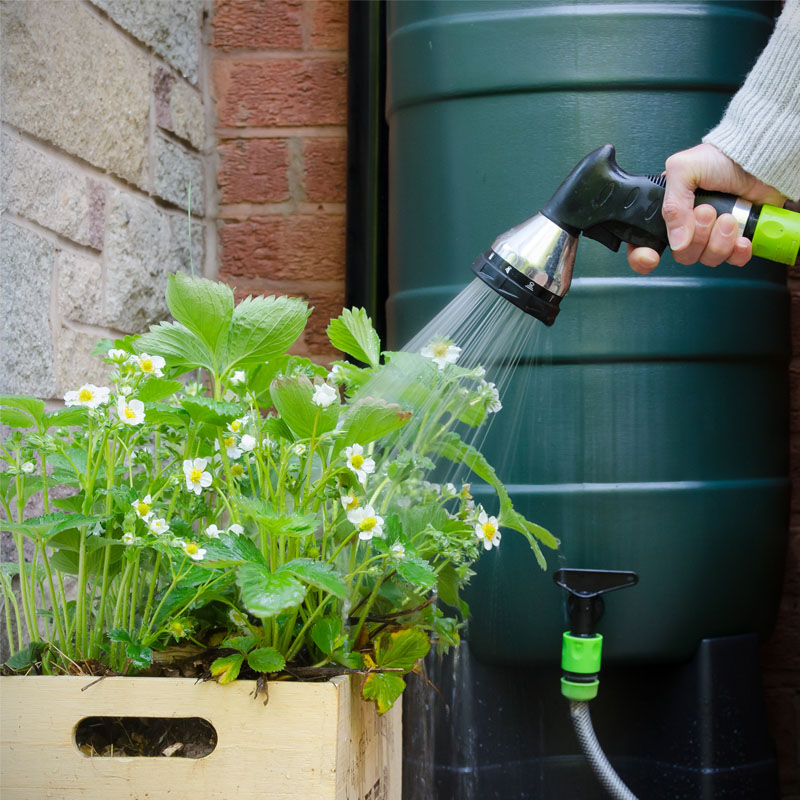

Why you should partner with a trained STORM professional to prepare your Water Sensitive Urban Design (WSUD) Report
While it is not an overly complicated scorecard system to use, partnering with a trained STORM scorecard professional will ensure best practice initiatives are selected for each project and council.
Many councils will have different preferences for STORM treatment initiatives and at different levels of compliance. With a trained professional on your side who knows your local council’s policies, you can get your report approved on the first go.
Our process for preparing the Water Sensitive Urban Design (WSUD) Report
A STORM scorecard system calculates the respective hard surface areas and allocates various treatment types. A score of 100% is required to satisfy council requirements.
There are various options to pick from when nominating treatment types. Each council has a preferred treatment option, and they will specify provisions for what they won't allow.
For example, Maroondah Council don’t allow any rain gardens to be nominated, so it is often the developer who will be required to pay a development contribution fee to offset not being able to achieve the required 100% score.
Many councils now require WSUD reports for two-townhouse development, so your design team should ensure enough space when designing the development.
Once the process is completed, you will get the following from us:
- Detailed specifications to demonstrate WSUD compliance
- STORM Scorecard modelling
- STORM treatment plan
- PDF documents for STORM treatment types
- PDF documents for STORM maintenance plans for each treatment type
What are the different WSUD treatment types that can be selected?
Six different treatment types can be selected in the STORM scorecard, but the main treatment types we nominate to demonstrate compliance are:
Rainwater Tanks
Rainwater tanks are connected to the roof space via downpipes and collect the stormwater running off the roof. The collected water can be used for reuse, such as toilet flushing, washing, and washing your garden.
Raingardens
Raingardens, known as bioretention systems, use soil, plants and microbes to treat stormwater biologically. They are specially designed garden beds that filter stormwater runoff from surrounding areas or stormwater pipes.
Buffer strips
Swales and buffer strips are a type of stormwater treatment composed of vegetation and a porous subsoil medium. Buffer strips are vegetated areas adjacent to a waterway prohibiting stormwater runoff from flowing directly into a water body.
Permeable paving
Permeable pavement systems improve water quality through filtering, interception and biological treatment while reducing stormwater flow through infiltration and storage. Permeable paving commonly includes interlocking block paving, and porous concrete or plastic grids that provide structural stability to gravel or grassed paths, driveways and car parks.
At PassivEnergy, we nominate the treatment type preferred by the local council. Some councils will not allow rain gardens in dwellings while others will not allow them for common spaces.
We do hundreds of STORM scorecards every year so we know what each council prefers to ensure it gets passed during the first application.
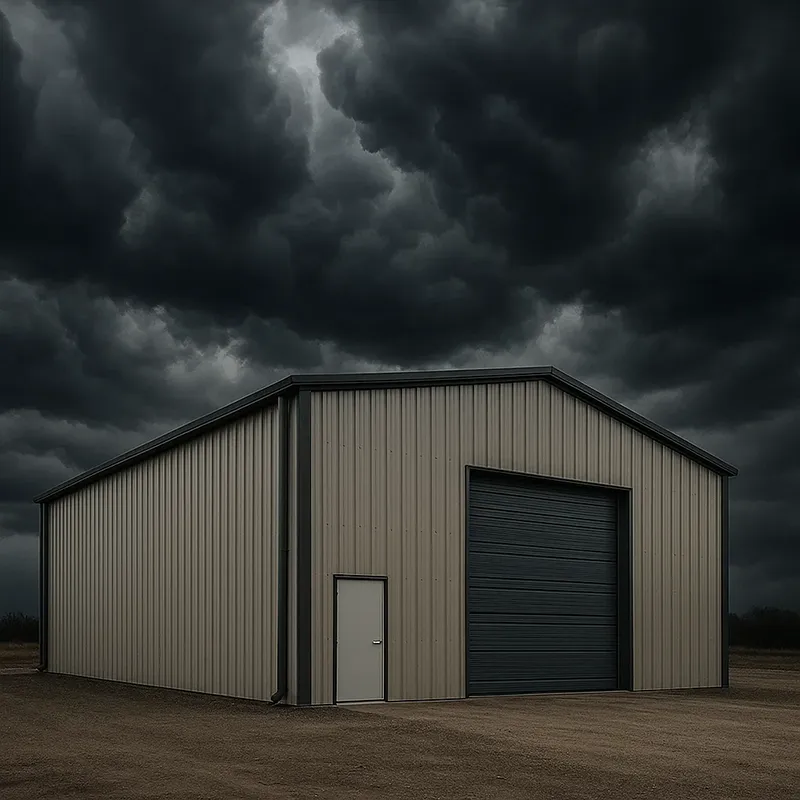
What we need from you to prepare a Water Sensitive Urban Design (WSUD) Report
To prepare a Water Sensitive Urban Design assessment, we will need town planning drawings with the following information:
- Site Plan with neighbouring information
- Floor plans for both the ground and first floor
- Site analysis areas
- Roof plan (optional)
Any council request for further information letter or planning permit will also be helpful.

Our fast & efficient process
Getting a 6 Star Energy Rating does not need to be timely, confusing or expensive.
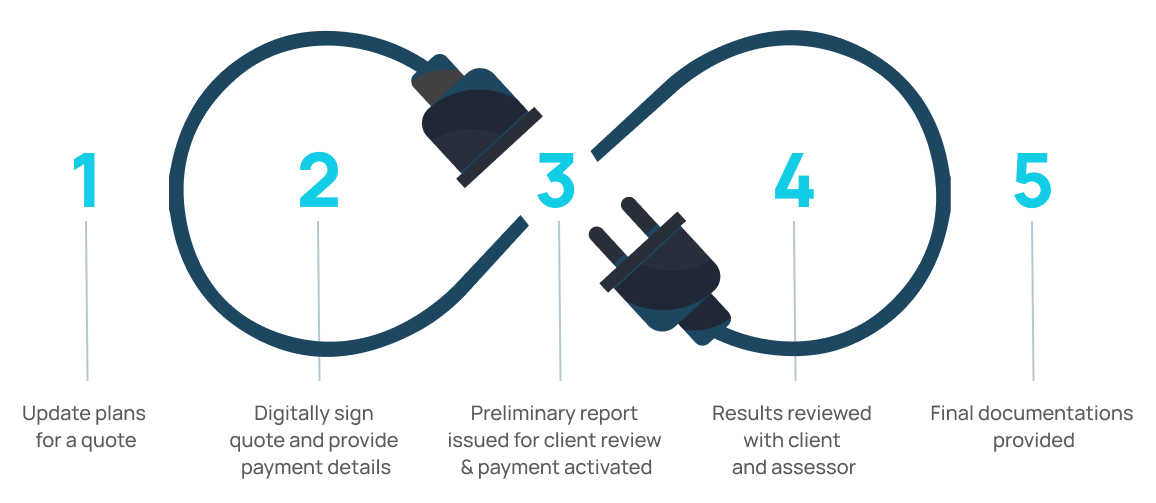
See our work
J1V3 Assessments: Flexible and Cost-Effective Solutions for Commercial Buildings
At the heart of our commercial building services is our expertise in preparing J1V3 assessments. These performance-based assessments offer greater flexibility than the standard Section…
Comprehensive ESD and Waste Management Solutions for Sustainable Living
For this residential development, we provided a range of Environmental Sustainable Design (ESD) services, including preliminary energy ratings, daylight modelling, and waste management planning. The…
Ensuring Year-Round Comfort and Natural Light with our Comprehensive ESD Services
For this residential apartment project, our team was engaged to provide a suite of Environmental Sustainable Design (ESD) services, including preliminary energy ratings and daylight…
Mastery in Large-Scale Sustainable Development
This ambitious project demonstrated that no job is too big for our team to handle. Comprising 540 apartments and eight levels dedicated to shopping, offices,…
Sustainable Mixed-Use Development Triumphs at VCAT
Our firm was commissioned to provide a suite of services for a complex mixed-use development comprising an apartment building, retail spaces, and a hotel. The…
